Partners / Sponsors
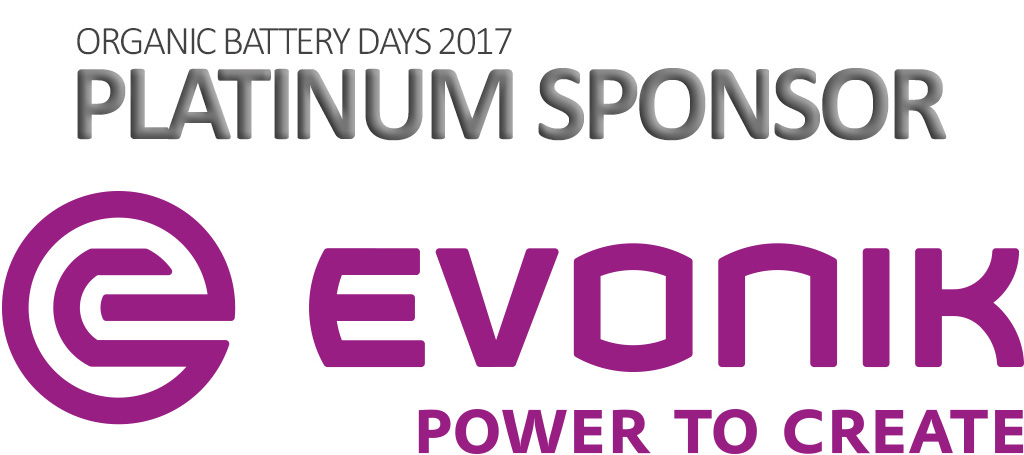 |
Evonik (Platinum Sponsor)
Evonik, the creative industrial group from Germany, is one of the world leaders in specialty chemicals. Profitable growth and a sustained increase in the value of the company form the heart of Evonik’s corporate strategy. Its activities focus on the key megatrends health, nutrition, resource efficiency and globalization.
Evonik benefits specifically from its innovative prowess and integrated technology platforms. Evonik is active in over 100 countries around the world. In fiscal 2016 more than 34,300 employees generated sales of around €12,7 billion and an operating profit (adjusted EBITDA) of about €2.17 billion.
Among many other areas, Evonik is active in the field of materials for electronics applications. Products like Siridion® HCDS, iXsenic®, PERTRONIC® and many more are well known in the electronics industry.
New forms of energy storage enabling the Internet-of-Things are another area of interest. Evonik develops organic polymer-based material formulations for printed, flexible, metal-free thinfilm batteries.
|
|
|


|
In the Scandinavian region, Gammadata Instrument AB, founded in 1987, is the leading supplier of equipment and tailor-made solutions for analytical instrumentation, optical spectroscopy, radiation analysis and protection, material characterisation, laser science, optoelectronics as well as for natural science education. Gammadata offers a comprehensive instrument toolkit for complete characterisation of your samples, whether your research involves chemical, physical, surface, electrical, thermal characterisation or more. For over 3 decades we have partnered with the world’s leading instrument manufacturers and today represent some the most innovative and recognised suppliers.
Princeton Applied Research and Solartron Analytical continue to innovate in both DC and AC measurements to the benefit of users studying energy devices, physical electrochemistry, corrosion, and solid-state materials.
Manufacturing market leading research grade potentiostats/ galvanostats, along with frequency response analyzers, once coupled together create electrochemical impedance analysis workstations to meet the needs of the most demanding researcher.
PAR & Solartron systems are commonly used in materials test applications for determining combined electrical, thermal, and mechanical properties of insulators, dielectrics, and electronic materials. These systems include specialized accessories – High Voltage Amplifiers, Cryostats, Furnaces, and Sample Holders for liquids, powders, and solid materials. The widest product portfolio available today and fuelled by 110 years of instrumentation development proudly generates the most-cited research in the world. |
|
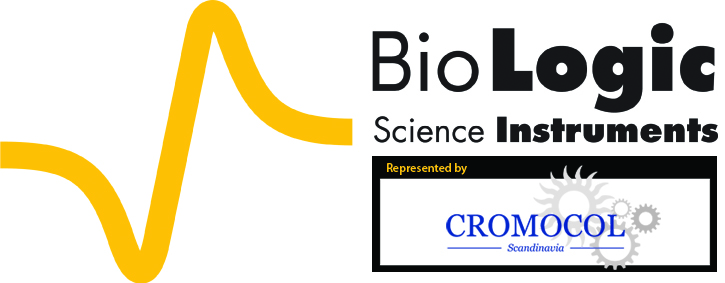
|
Bio-Logic (founded in 1983) is located near Grenoble in the French Alps. We design and manufacture high performance, research laboratory instruments and software for electrochemistry, battery testing, fuel cell and material testing.
Bio-Logic’s product range is based on a modular and flexible design. We offer electrochemical workstations (EC-Lab) and battery test equipment (BT-Lab) from single channel up to 128-channel systems, integrating EIS capability and high current boosters.
In 2012, Bio-Logic SAS extended its choice of instruments to the scanning electrochemical workstations. The SCAN-Lab division is dedicated to high resolution electrochemical mapping tools. These products are developed, designed and manufactured by Uniscan Instruments Ltd., a company based in Macclesfield, UK. For more than 20 years, Uniscan Instruments Ltd. have been at the cutting edge of scanning probe electrochemistry technology.
Cromocol was founded in 1945 by and from the beginning the business was concentrated on import of pigments for the paint industry. After a few years Cromocol also started to supply instruments for material testing and quality control.
In the year 2003 Cromocol, became Cromocol Scandinavia AB and moved into new premises in Borås, Sweden. Today’s business if focused on instruments and test equipment for Industries, Universities and Research Centers. Some of the areas that we work in are Electrochemistry, Surface Science, Physical Material Testing and Weathering to name a few. Cromocol is Bio-Logic’s supplier in Scandinavia.
|
|
 |
Listed on the Paris stock market since October 30, 2013, Blue Solutions brings together all of the Bolloré Group’s electricity storage activities.
As it diversifies from its roots in paper and ultrathin plastic-film manufacturing, the Bolloré Group has moved into the production of complete electrical components for capacitors and now controls over one-third of the global market. Building on this expertise and after 20 years of research and development, the Group has successfully introduced batteries and electricity storage solutions uniquely based on Lithium Metal Polymer (LMP®) technology, while also exploring the potential of supercapacitors. In an era when sustainability and electricity storage have become major concerns for citizens, cities and governments, the Bolloré Group draws on these technologies to deliver solutions for the production, storage and smart consumption of electricity.
Today, Blue Solutions has a team of more than 300 researchers, engineers and technicians who manufacture these innovative batteries at two production sites located in France (Brittany) and Canada.
The company’s current annual production capacity is 300 MWh, the equivalent of 10,000 30 kWh batteries. By 2019-2020, it will be raised to almost 1 GWh, corresponding to 32,500 30 kWh batteries.
These batteries are used in mobile applications, such as electric vehicles, but also in stationary applications including electricity storage for individuals, companies and local authorities, all developed and marketed by other Group entities brought together within Blue Applications, whose offerings have seen rapid growth on every continent since 2011.
Together, Blue Solutions and Blue Applications benefit from their unique position as an integrator, providing both batteries and complete solutions for meeting the new challenges of energy transition. |
|

|
Clariant is a globally leading specialty chemicals company, based in Muttenz near Basel/Switzerland. The company reports in four business areas: Care Chemicals, Catalysis, Natural Resources, and Plastics & Coatings.
The company’s Business Unit Pigments is a global provider of organic pigments, pigment preparations and dyes used in coatings, printing, plastics, consumer products and other special applications. The broad portfolio includes high-performance pigments and dyes to meet the exact demands for automotive, industrial and architectural coatings, for the plastics industry, for special applications as well as colorants used in traditional printing, and inkjet and laser printers.
Decades of experience and know-how means our products have a reputation for technical performance and quality, an offer which is supported through global and regional technical service centers. Clariant proactively ensures its products meet international standards and strives for being at the forefront of environmental, health and safety performance.
|
|

|
ARMOR is a middle-size industrial company (245M€ revenues) specialist in high precision coating (over 1.2 billion sqm processed per year).
Leveraging on 90 years’ experience in formulation, coating technologies and raw materials characterization, ARMOR has developed two new activities dedicated to sustainable energy. ASCA© 3rd generation ultra-thin organic photovoltaic films: Without drawing on natural resources, it converts light into electricity, thanks to its carbon chain based components.
En’ Safe® Triple Action Current Collector for batteries: an Aluminum and Copper foil with a customized conductive and protective primer, which reduces internal resistance, protects against corrosion and reinforces adhesion strength.
Organic batteries are using sustainable raw materials for sustainable applications. It is a perfect match with ARMOR’s vision, and we are delighted to offer our expertise to this emerging industry.
|
|

|
The French Alternative Energies and Atomic Energy Commission (CEA) is a key player in research, development and innovation in four main areas: defence and security; nuclear energy (fission and fusion); technological research for industry; fundamental research in the physical sciences and life sciences.
Drawing on its widely acknowledged expertise, the CEA actively participates in collaborative projects with a large number of academic and industrial partners. Within CEA, CEA Tech’s three labs—Leti, Liten, and List—develop a broad portfolio of technologies for ICTs, energy, and healthcare for all industries and all types and sizes of businesses.
|
|
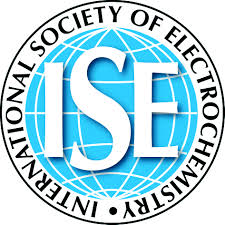
|
The International Society of Electrochemistry was founded in 1949 by leading European and American Electrochemists to serve the growing needs of electrochemistry in becoming a modern scientific discipline. At that time only a handful of experts were assembled in the original CITCE (Comité International de Thermodynamique et Cinétique Electrochimiques).
Since then the association has evolved and now comprises about 3000 individual members and more than 20 Corporate Members (teaching institutions, non-profit-making research organizations and learned societies) and Corporate Sustaining Members (industrial and commercial organizations). Its membership comes from more than 70 countries and is organized in over 40 regional sections.
Both industrialized and developing countries from all five continents are represented. ISE is, therefore, a truly world-wide organization. ISE is a non-profit-making organization with its seat in Lausanne, Switzerland.
|
|
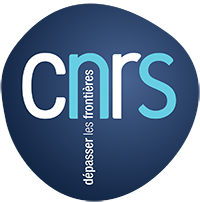
|
The Centre National de la Recherche Scientifique (National Center for Scientific Research) is a public organization under the responsibility of the French Ministry of Education and Research.
|
|
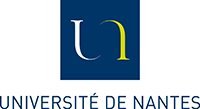
|
The University of Nantes (French: Université de Nantes) is a French university, located in the city of Nantes. In addition to the several campuses scattered in the city of Nantes, there are two satellite campuses located respectively in Saint-Nazaire and La Roche-sur-Yon.
Currently, the University is attended by approximately 34,500 students. More than 10% of them are international students coming from 110 countries.
|
|

|
Created in 1988 by French chemist known worldwide Jean Rouxel (the cons), the Institute of Materials has become a leading materials research centers in France. Its work contributes to the development of many industrial processes in the field of high technology.
The Institute of Materials Jean Rouxel brings together over 130 researchers today (chemists, physicists, materials engineers from CNRS and the University of Nantes), administrative and technical staff and 90 contract for research.
Through the design and characterization of new materials, laboratory approach leads to the optimization of a wide range of properties for applications such as photovoltaic cells, fuel cells, batteries for electric vehicles, nanotechnologies and materials for memories, photonic and optical.
|
|
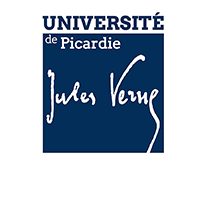
|
The University of Picardy Jules Verne has been enriched by its 40 years of operation and has been independent since January 1st 2011. The time has come to shape its destiny and to come to terms with its maturity.
Create the future also means perpetuate our philosophy : allowing the youth of Picardy to benefit from a large range of skills, knowledge and experiences open to the world and to the society. The plan “UPJV horizon 2020” is an audacious and promising challenge.
We foresee the future with equanimity thanks to the strong bases on which relies our will to offer a competitive research and an education accessible to everyone.
|
|

|
The research activities of the laboratory LG2A - UMR CNRS 7378, can be divided in two main axes:
- The first one being dedicated to life chemistry, involves two main research areas: molecules with antimicrobial activity (antivirals, antibacterials, antiparasitics) and molecular recognition (vectorisation, interactions sugars-lectins, multivalency, sensors, oligosaccharides).
- The second one brings together different competences of the laboratory around one main theme: chemistry for a sustainable development. LG2A develops news green methodologies (green chemistry) for the use and transformation of glucidic substrates in order to value biomass.
In this context LG2A develops also new organic materials and is involved in two national programs ("Investissements d'Avenir") for sustainable development created with the support of the ministry of higher education and research: the "Institut pour la Transition Energétique P.I.V.E.R.T." and the French research network on electrochemical storage RS2E (FR CNRS 3459). The LG2A is also member of the "Institut de Chimie de Picardie" (FR CNRS 3085).
|
|
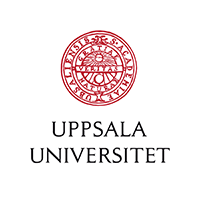
|
Uppsala University is the oldest university in Sweden, founded in 1477, with a living cultural environment and extraordinary student life. There are 45,000 students here, and they are seen, heard, and noticed everywhere. World-class research and high quality education pursued here benefit society and business on a global level.
The University is characterised by diversity and breadth, with international frontline research at nine faculties and limitless educational offerings at Bachelor’s and Master’s levels.
|
|
|

